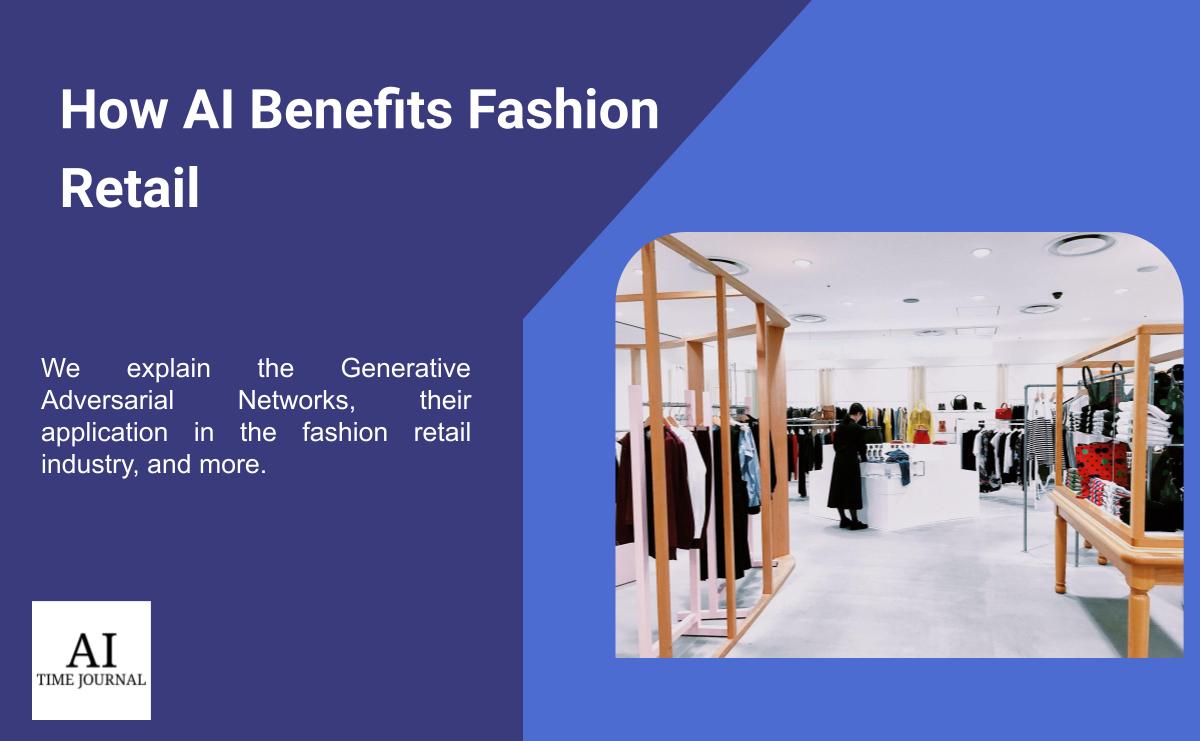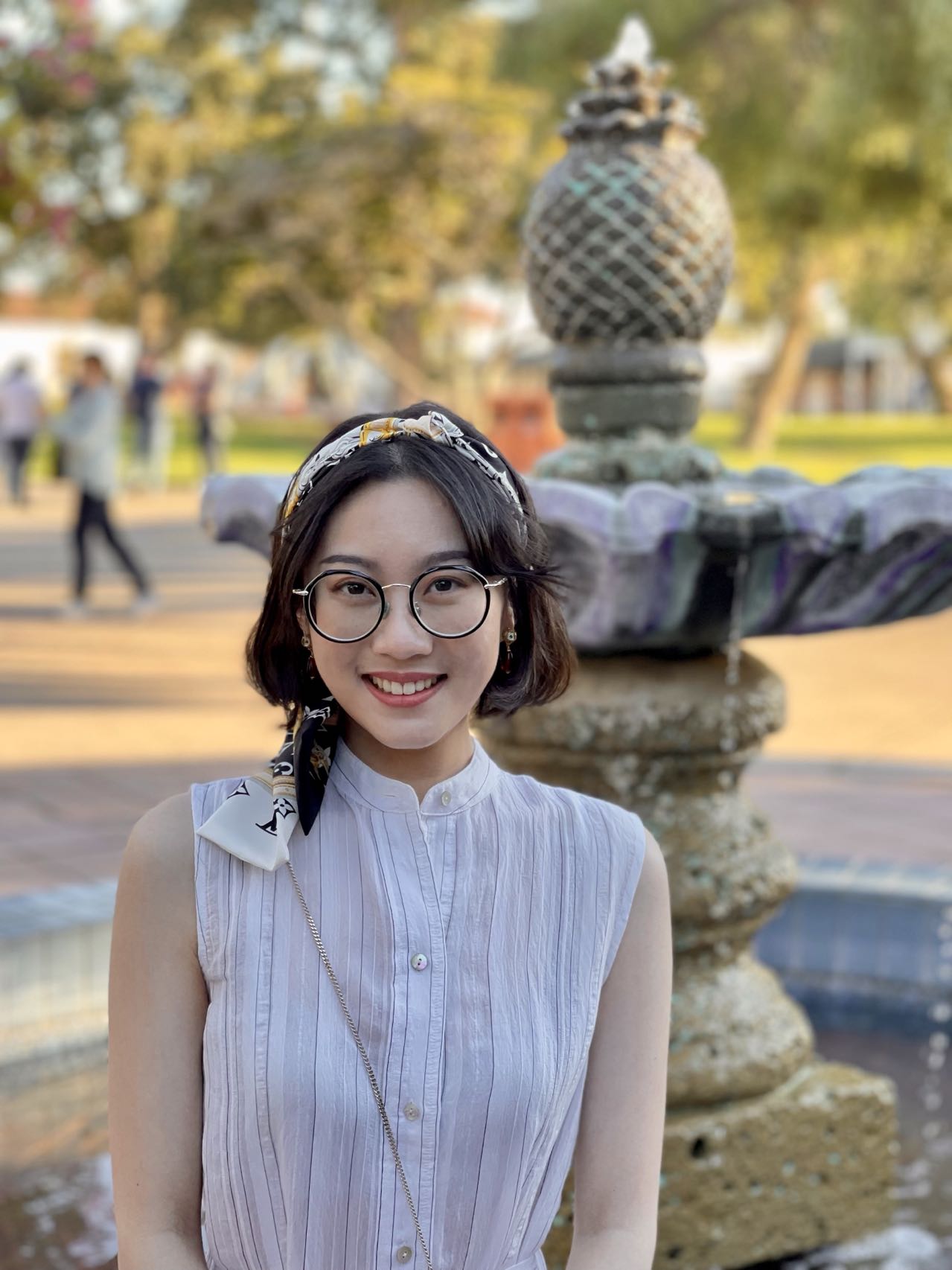
Artificial Intelligence (AI) now plays a significant role in all walks of life, including healthcare, education, business, retail, and translation. When it comes to retail in specific, the first thing about AI applications that comes into most people’s minds is conversational AI and chatbots, which are used in customer service.
To learn more about how AI powers retailing and customer service, check these out: Top 5 use of Conversational AI in Retail and 5 Way AI is Changing Customer Service, will be good references.
Well, the following article still talks about the use of AI in retail but narrows the topic to fashion retail. Instead of the interaction between conversational AI and customer service, today we will explore how AI benefits fashion retail in a more creative way.
Generative Adversarial Networks (GANs)
Do you know that AI can create original designs automatically? Before AI, we used to believe that being creative is a unique feature of human beings, and creativity is a valuable character that is hard for machines to imitate. However, Generative Adversarial Networks (GANs) empower machines with the ability to create and design.
Generative Adversarial Networks (GANs) are identified as a special kind of Machine Learning. It is composed of two adversarial models: The Generative Model and the Discriminative Model. The Generative Model is working as a generator that learns from pictures in the database and creates new images by itself. The Discriminative is working as a critic that identifies the quality of the pictures generated by the Generative Model as real or fake.
For instance, the Generative Model can learn the features of cats from the existing cat pictures in the database and then generate a new cat picture that does not exist in the database. The Discriminative Model then checks this picture and identifies it as a real one or a fake one.
If the Discriminative Model identifies a picture as fake, the Generative Model will check the errors and improve the image to make it more real. The process will be repeated until the Discriminative Model identifies the animal in the picture as a real cat.
The two models are working together and mutually training each other. The Generative Model keeps improving its design until its outcome can deceive the Discriminative successfully. As a result, Generative Adversarial Networks eventually generate a novel and realistic design.
The applications of GANs included:
- Creating human face photographs
- Generating cartoon characters
- Identifying ages with face pictures
- Image-to-image translation: e.g., translating a picture from winter to summer and translating an illustration to a different artistic painting style.
- Text-to-image translation: creating images based on textual descriptions.
- Repairing damaged images
Application of GANs in Fashion Retail
Nowadays, GANs have become a great power of creativity in fashion designs. Compared with high-cost manual designs, GANs are more productive and cost-efficient.
Furthermore, the designs created by GANs are more likely to meet individual requirements. Most products consumers can buy come from industrial mass production, which means more or less, the products can not fully satisfy the consumers. However, the demand for personalization is increasingly growing.
Collaborating with AI, GANs can provide more personalized designs and meet customers’ special requirements by learning from the online database and customers’ private information of interests.
Other uses of GANs in fashion retail include:
- Foreseeing future trends
- Tring clothing virtually
- Recommending cloth style
- Recommending matching
- Classifying cloth types
Examples of GANs applications in Fashion Retail
Nowadays, online shopping has become a preferred way of consuming in the digital area, especially during the pandemic. However, at the beginning of large-scale online cloth shopping, brands, and consumers faced the difficulty of not checking if clothes fit before buying them.
Thanks to GANs technology, virtual fitting rooms now come into help. Collaborating with Augmented Reality (AR) technology, GANs empower the software to create 3D models for clothes and make clothes realistic for virtually trying on. With virtual fitting rooms, consumers can not only choose the best size for them but also find the style that suits them best.
Zeekit and Turefit are two welcomed software that provides virtual fitting rooms for both clothing brands and consumers. Walmart also announced its collaboration with Zeekit to provide virtual fitting rooms for its digital shoppers on the Walmart app.
